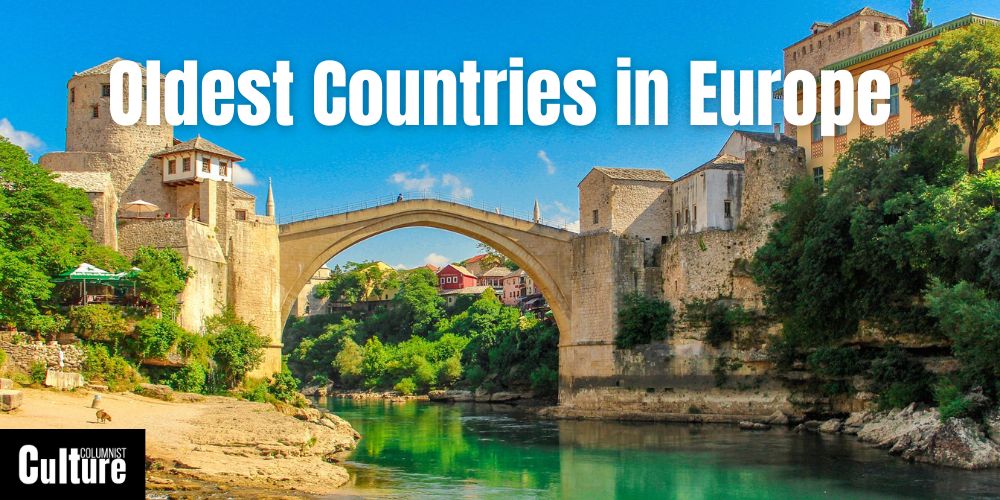A Guide To The Oldest Countries In Europe
Embarking on a journey through the oldest countries in Europe is like flipping through the pages of a living history book, where ancient stories and architectural marvels breathe life into the past.
This article is for history enthusiasts eager to explore the rich tapestry of cultures, traditions, and historical landmarks that Europe, with its long and storied past, has to offer.
By focusing on the continent’s oldest nations, this guide aims to help travelers find destinations where history has left an indelible mark, from the fortresses of San Marino to the prehistoric archaeological sites of Britain.
It will provide an overview of what makes these countries must-visit spots for anyone with a passion for history, including key sites and cultural insights.
While this arc explores some of the most historic countries on the continent, it will hopefully also inspire a deeper appreciation for the civilizations that have shaped our world.
Whether you’re planning your next European adventure or simply dreaming of distant times and places, this guide will help you discover some of Europe’s most fascinating historical treasures.
Pro Tip: Bookmark In Your Browser To Keep This Travel Guide At Hand
San Marino
Founded: 301 | Oldest City: San Marino | UNESCO sites: 3
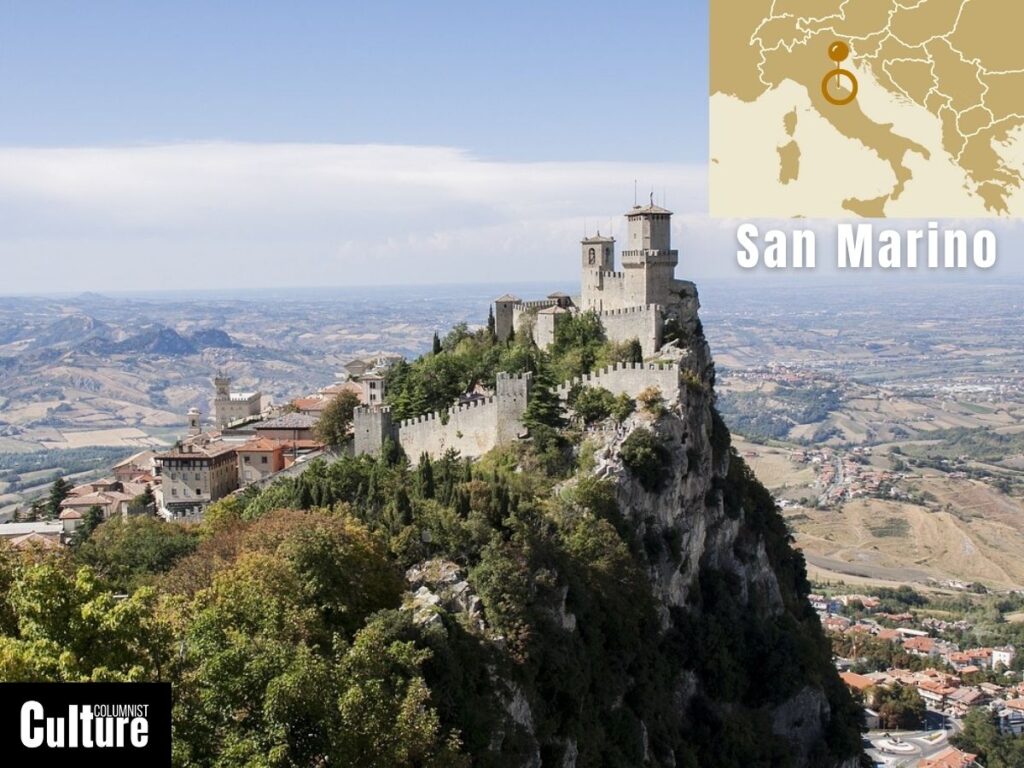
San Marino is Europe’s oldest sovereign state and constitutional republic, founded in 301. Its capital, San Marino City, is nestled on top of Monte Titano, which once served as a sanctuary for St. Marinus, an early Christian who fled the nearby city of Rimini to escape religious persecution.
Despite its tiny size, San Marino boasts three UNESCO World Heritage Sites: the formidable Guaita fortress, the historic center of San Marino City, and the majestic Monte Titano itself.
The oldest building within its borders is the Chiesa di San Francesco, constructed in 1361.
Other notable historical structures include the Cesta Tower, dating back to the 13th century, and the Montale Tower, from the 14th century. These towers, part of San Marino’s extensive fortification system, offer breathtaking views of the surrounding Italian countryside and symbolize the resilience and independence of this tiny but proud country.
San Marino presents a unique destination for those who are interested in early European political history as well as those who appreciate medieval architecture or historic military structures and fortifications. It also offers stunning views over the Italian countryside.
Historical sites to visit in San Marino:
- Guaita Tower
- Old Town of San Marino
- Monte Titano
- Chiesa di San Francesco
Bulgaria
Founded: 681 | Oldest City: Plovdiv | UNESCO sites: 10
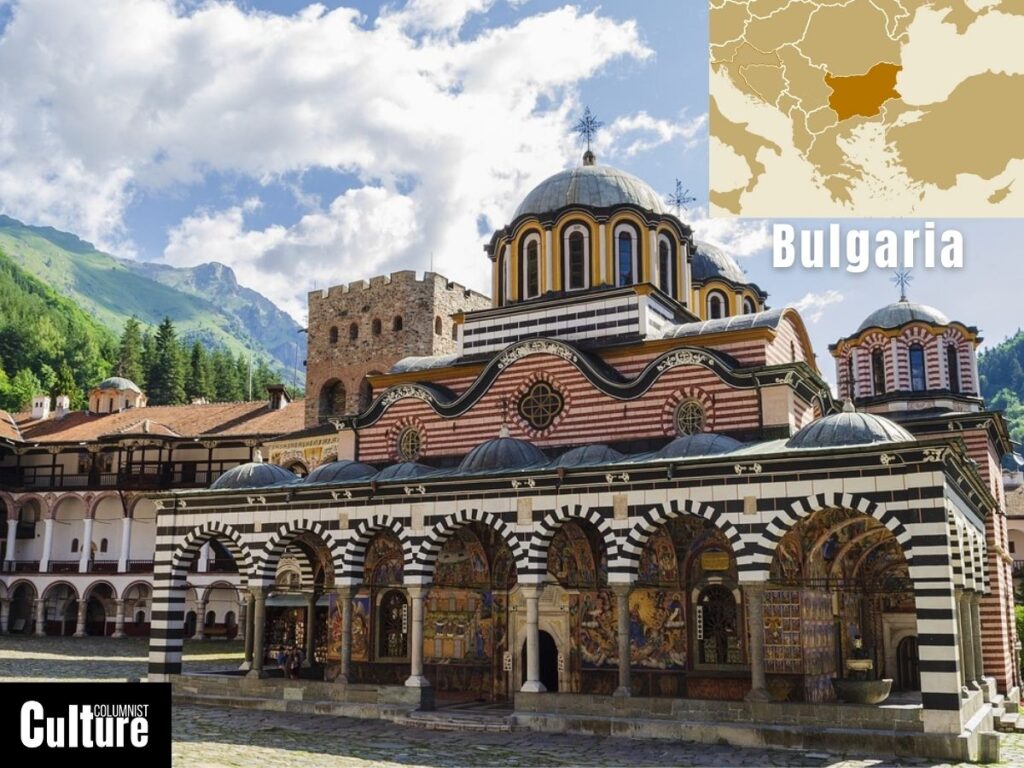
Bulgaria was founded in 681 and is steeped in a history that traces back to ancient civilizations, making it a fascinating destination for those interested in Europe’s historical depth. Plovdiv, in south-central Bulgaria, is believed to be Europe’s second-oldest city and was founded in the era of Alexander the Great.
The country is home to 10 UNESCO World Heritage Sites, including the Saint George Rotunda, the Ancient City of Nessebar, the Rila Monastery, and the Rock-Hewn Churches of Ivanovo. Each site showcases Bulgaria’s diverse cultural and religious history, from early Christian sites to medieval monastic complexes.
Bulgaria’s archaeological treasures include the Thracian Tomb of Kazanlak, the Madara Rider, and Perperikon, while impressive castles that are not to be missed include the Tsarevets Fortress in Veliko Tarnovo, Baba Vida Castle in Vidin, and the Rila Monastery, which also served as a fortress-like complex.
Bulgaria offers a diverse range of historical experiences, perfect for those who are interested in exploring remnants of the Roman Empire and for those who like the grandeur of the Austro-Hungarian Empire.
Historical sites to visit in Bulgaria:
- Ancient City of Nessebar
- Rila Monastery
- Thracian Tomb of Kazanlak
- Tsarevets Fortress, Veliko Tarnovo
Croatia
Founded: 925 | Oldest City: Zadar | UNESCO sites: 10
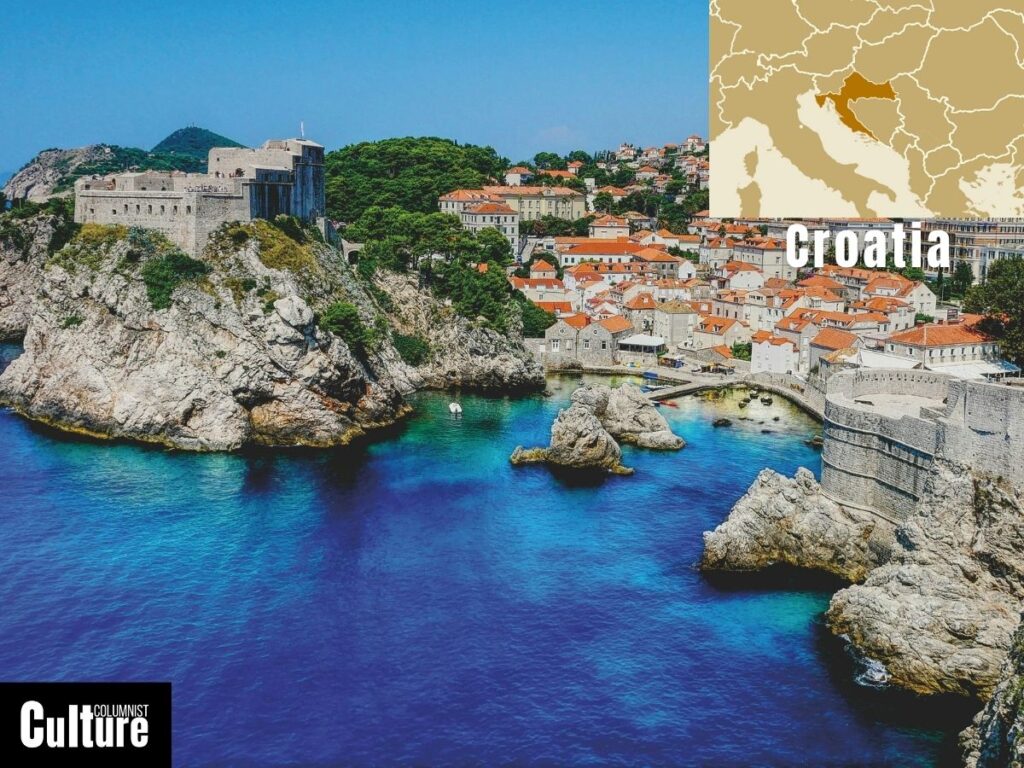
Croatia was unified in 925, with Zadar being one of its oldest cities, dating back to the 9th century BC, showcasing the deep historical roots of the country. Croatia boasts 10 UNESCO World Heritage Sites, including the Historical Complex of Split with the Palace of Diocletian, the Old City of Dubrovnik, and the Historic City of Trogir, each offering a unique glimpse into the nation’s rich heritage.
The oldest standing structure in Croatia is the Temple of Augustus, constructed between 2 BC and 14 AD in Pula, a remarkable example of Roman architecture. Croatia is also renowned for other archaeological sites like Diocletian’s Palace in Split and the Pula Arena, one of the best-preserved Roman amphitheatres in Europe.
The country’s castles and fortifications served as strategic points of enormous value to the numerous conquerors and occupiers throughout Croatia’s turbulent history. Castle’s such as Trakošćan Castle, the Dubrovnik Walls and Fortresses, and again, Trsat Castle above what is now the City of Rijeka, offer unique insights into the country’s past.
For those who want to be captivated by a mix of ancient Roman structures, medieval coastal towns and Renaissance and Baroque art and architecture in the warmth of the Mediterranean climate, Croatia is an interesting jewel in the Adriatic.
Historical sites to visit in Croatia:
- Historical Complex of Split, Diocletian Palace
- Old City of Dubrovnik
- Pula Arena
- Euphrasian Basilica, Poreč
Luxembourg
Founded: 963 | Oldest City: Luxembourg City | UNESCO sites: 1
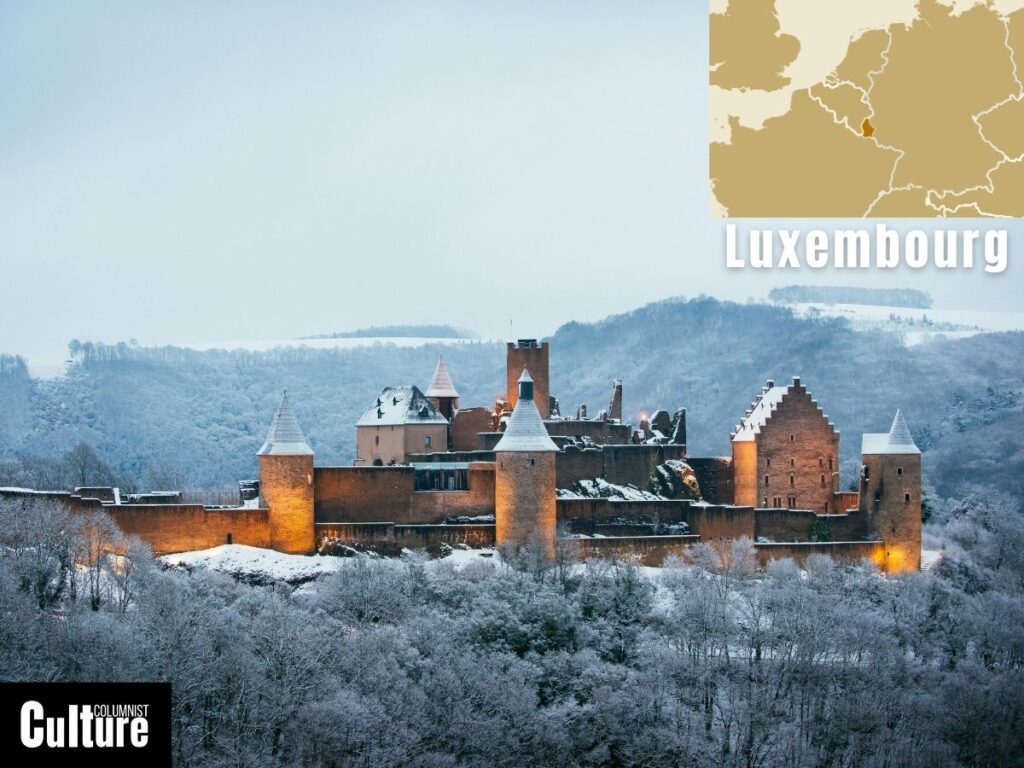
Luxembourg was founded in 963 and is a country that has played a pivotal role in Europe’s political history as one of the six founding members of the European Union. Luxembourg City’s Old Town is recognized as a UNESCO World Heritage Site for retaining the original layout of the city’s streets and architecture since the 10th century.
The Abbey of Echternach, dating back to the 7th century, stands as Luxembourg’s oldest building, while the Echternach Roman Villa offers insights into the country’s Roman past. Other interesting archaeological sites include the Bock Casemates, a network of underground tunnels and the ruins of Dalheim Ricciacum, which provide a glimpse into Roman Luxembourg.
The country’s castles, including Bourscheid Castle, Vianden Castle, and Beaufort Castle, are equally impressive and stand as majestic reminders of Luxembourg’s feudal past. For those drawn to the rich tapestry of European history, Luxembourg offers an opportunity to explore ancient ruins, medieval fortifications, and architectural marvels, making this tiny country a compelling destination for history lovers.
Historical sites to visit in Luxembourg:
- Luxembourg City’s Old Town
- Abbey of Echternach
- Bock Casemates
- Vianden Castle
Hungary
Founded: 1000 | Oldest City: Szombathely | UNESCO sites: 8
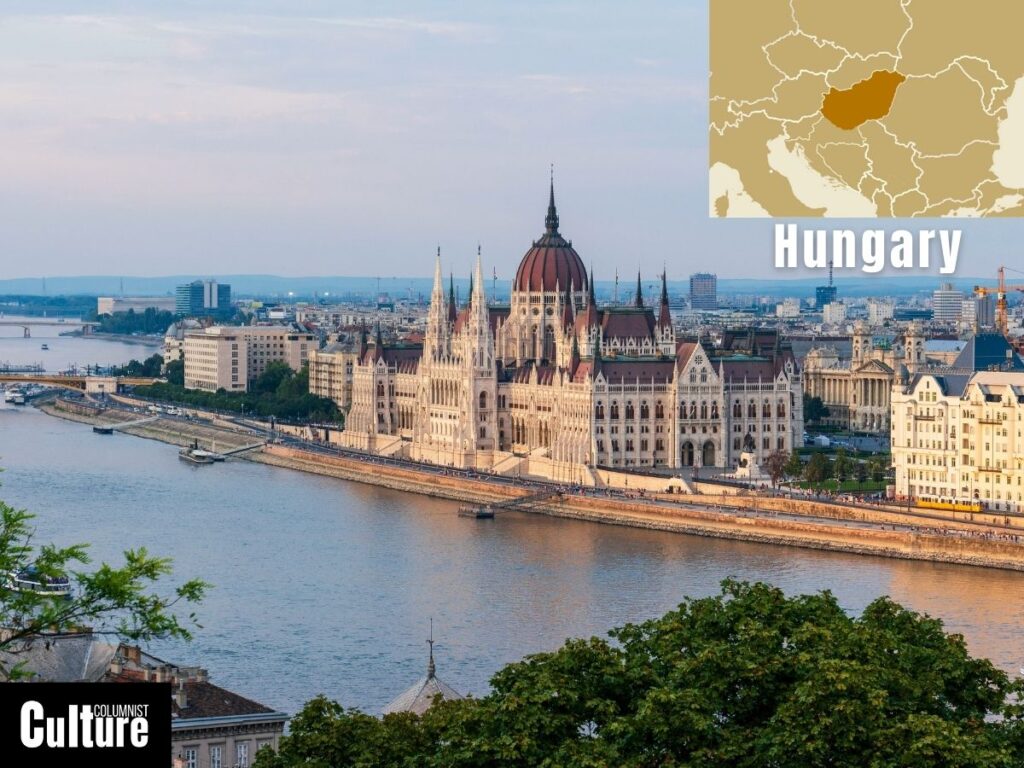
Hungary was founded in 1000, while its oldest city, Szombathely, dates back to 45 AD, making it a testament to the country’s ancient roots. Hungary is home to 8 UNESCO World Heritage Sites, which include the architectural and historical marvels of Budapest—such as the Banks of the Danube, the Buda Castle Quarter, and Andrássy Avenue—alongside the Early Christian Necropolis of Pécs (Sopianae) and the Old Village of Hollókő.
The oldest building in Hungary, the Red Hedgehog House (Vörös Sün Ház), constructed in 1260, showcases the medieval architectural prowess that still stands in the heart of Hungarian heritage today.
Archaeological and historical sites worth visiting include Aquincum, offering insights into Roman civilization in Hungary and the Early Christian Necropolis in Pécs. a cemetery complex unearthed and carefully excavated. Hungary is also not short of castles, with the Buda Castle in Budapest, the Eger Castle and the Visegrád Royal Palace being among the most notable.
Hungary is a captivating destination for a wide range of history buffs, with everything from Roman ruins, medieval castles, Ottoman influences, and the grandeur of the Austro-Hungarian Empire, making it a treasure trove of architecture, history and culture.
Historical sites to visit in Hungary:
- Banks of the Danube, Buda Castle Quarter, and Andrássy Avenue, Budapest
- Early Christian Necropolis of Pécs
- Old Village of Hollókő and its Surroundings
- Aquincum
Portugal
Founded: 1143 | Oldest City: Braga | UNESCO sites: 17
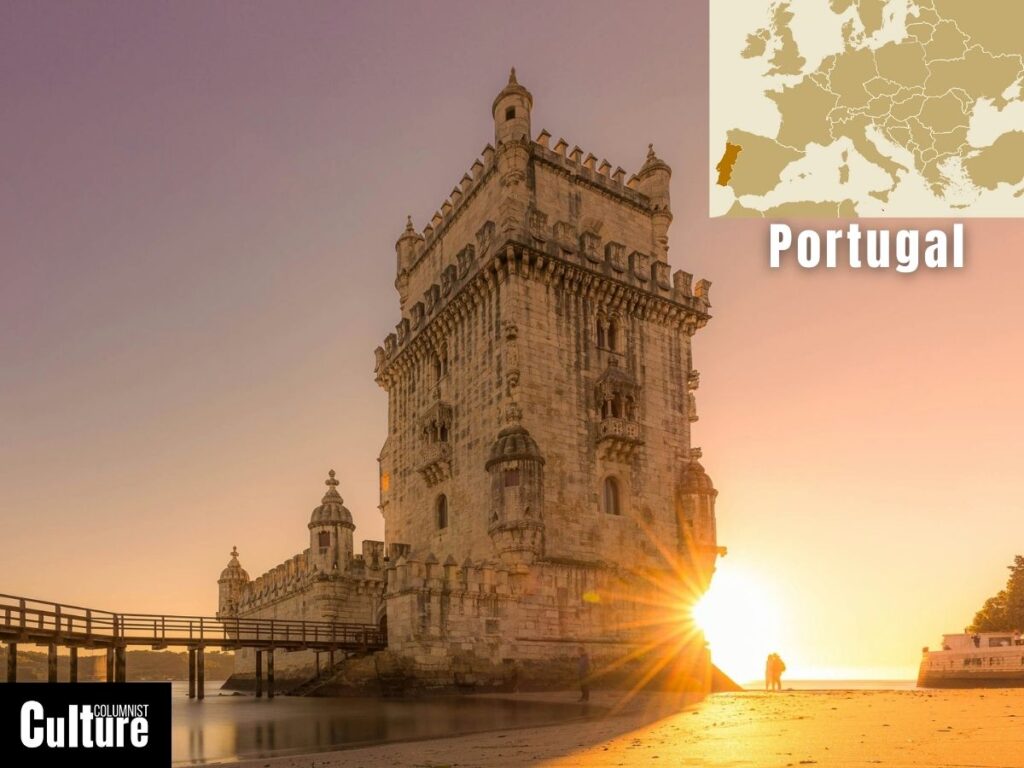
Portugal was founded in 1143 and has a lot of history and cultural heritage to discover. Braga, Portugal’s oldest city, traces its origins back to 16 BC, when it was founded as Bracara Augusta in tribute to Emperor Caesar Augustus.
Portugal has 17 UNESCO World Heritage Sites, including the Monastery of the Hieronymites, the Monastery of Batalha and the Tower of Belém in Lisbon. The capital has a wealth of historic landmarks, including one of Portugal’s oldest buildings, the Cathedral of Saint Mary Major, often referred to as the Lisbon Cathedral, erected in 1147.
Portugal also has numerous archaeological sites, like Conímbriga, the Roman Temple of Évora, and Citânia de Briteiros, which offer an immersive journey into its ancient civilizations and Roman influences. The country is also dotted with castles and palaces, such as the Guimarães Castle and the Pena Palace in Sintra, a masterpiece of Romanticism.
The Maritime Museum in Lisbon is a must-visit for those interested in Portugal’s role in the Age of Exploration. For travel enthusiasts captivated by a broad spectrum of historical sites and the allure of diverse cultural influences in one place, Portugal is a fantastic destination to consider.
Historical sites to visit in Portugal:
- Monastery of the Hieronymites, Lisbon
- Tower of Belém, Lisbon
- Roman Temple of Évora
- Conímbriga
Andorra
Founded: 1278 | Oldest City: Andorra La Vella | UNESCO sites: 1
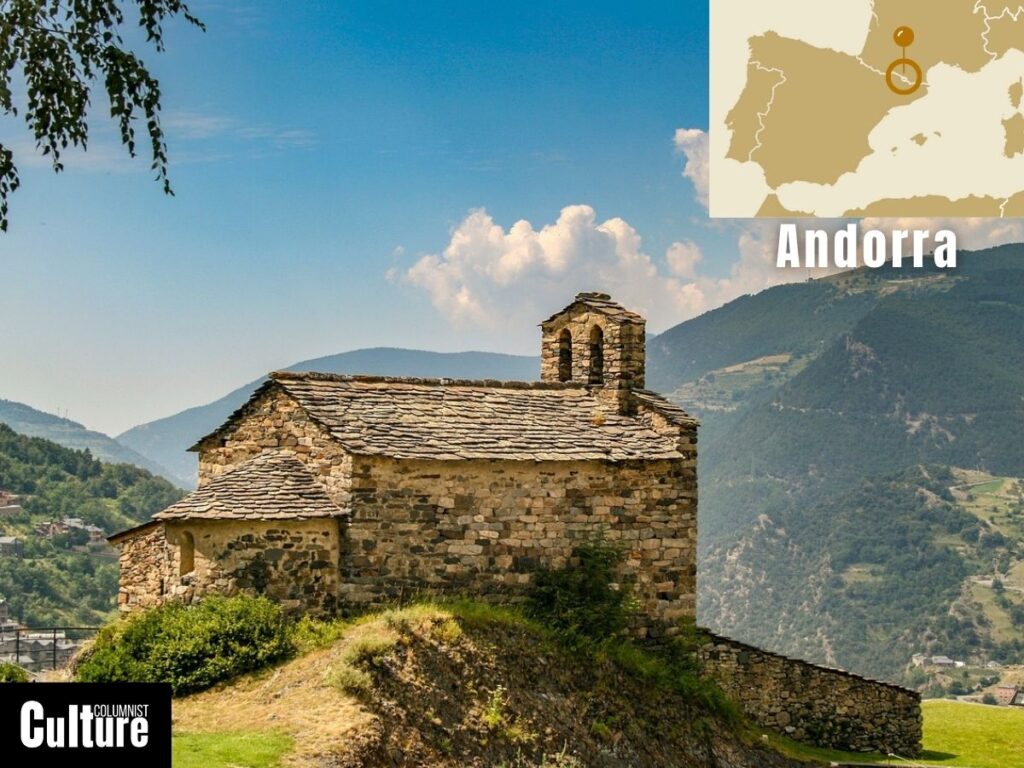
Andorra was founded in 1278 and is nestled in the Pyrenees mountains between France and Spain. Its capital, Andorra la Vella, is not just the highest capital in Europe but also home to some historic attractions like the Casa de la Vall, the old Andorran parliament and the church of Sant Esteve.
The Church of Santa Coloma, with its round Romanesque bell tower, dates back to the 8th and 9th centuries and stands as one of Andorra’s oldest buildings. Its elegant architecture stands out against the tall Pyrenees mountains behind it and is an interesting site for those interested in early Christianity in Europe.
Andorra is home to one UNESCO World Heritage Site, the Madriu-Perafita-Claror Valley. It’s a historic landscape that showcases a pastoral way of life that has been largely unchanged since the first settlers arrived there. Andorra’s medieval past and breathtaking natural beauty make it the perfect country for history buffs who love to be surrounded by nature.
Historical sites to visit in Andorra:
- Church of Santa Coloma
- Madriu-Perafita-Claror Valley
- Casa de la Vall
- Church of Sant Joan de Caselles
Sweden
Founded: 1523 | Oldest City: Sigtuna | UNESCO sites: 15
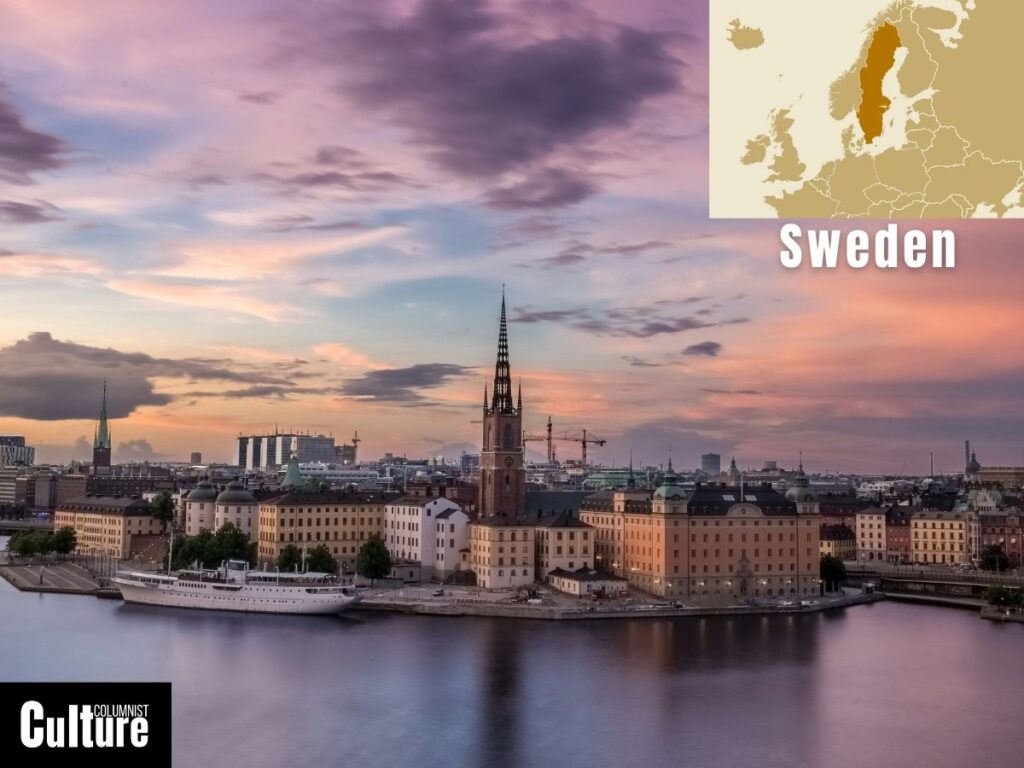
Sweden, founded in 1523, has a rich Viking past, with its oldest town, Sigtuna, founded in the 10th century by Viking settlers. The most prominent historic features of Sweden are its churches and cathedrals, such as Bjernede Church, Riddarholmen Church and Husaby Church, dating back to the 11th century.
The country is home to several UNESCO World Heritage sites, including the Church Town of Gammelstad, Luleå, with its unique church village; the Hanseatic Town of Visby, a well-preserved medieval city; and the Royal Domain of Drottningholm, one of Sweden’s Royal Palaces and the private residence of the Swedish royal family.
Sweden’s archaeological heritage is also interesting, with sites like Ales Stenar, a megalithic monument; Birka, an important Viking Age trading center; and Uppåkra, a significant Iron Age settlement dating back to around the 3rd century AD.
There are several prominent castles in the country, including Kalmar Castle; Gripsholm Castle; and Örebro Castle, originating in the 13th century, a classic example of medieval Swedish architecture. This makes Sweden a place not only for Viking lovers and imaginative kids but also for those who appreciate historic royal dwellings.
- Sigtuna
- Husaby Church
- Gammelstad Church Town, Luleå
- Visby, Gotland
United Kingdom
Founded: 1707 | Oldest City: Colchester | UNESCO sites: 33

The United Kingdom was founded in 1707 and has a large number of historical, cultural, and architectural marvels. Colchester, in Essex, England, prides itself on being the oldest recorded settlement in the country and its first capital.
The UK has an impressive 33 UNESCO World Heritage Sites throughout its four separate countries: England, Scotland, Wales, and Northern Ireland. The Church of St. Martin in Canterbury, Kent, is one of its oldest buildings, dating back to the 7th century.
Among its many UNESCO sites are the Tower of London, the Frontiers of the Roman Empire along Hadrian’s Wall, and the City of Bath with its ancient Roman baths. When it comes to castles, the UK is unparalleled. Windsor Castle is not only a royal residence but also a symbol of British heritage, while Edinburgh Castle dominates Scotland’s capital city.
The UK’s archaeological heritage is equally remarkable, with sites like Stonehenge constructed between 3000 BC and 2000 BC. For history enthusiasts, the United Kingdom is a destination that offers a journey through everything from ancient settlements and Roman fortifications to medieval castles and Georgian architecture.
Historical sites to visit in the UK:
- Stonehenge
- Tower of London
- Edinburgh Castle
- Roman Baths in Bath
Liechtenstein
Founded: 1719 | Oldest City: Vaduz | UNESCO sites: 0
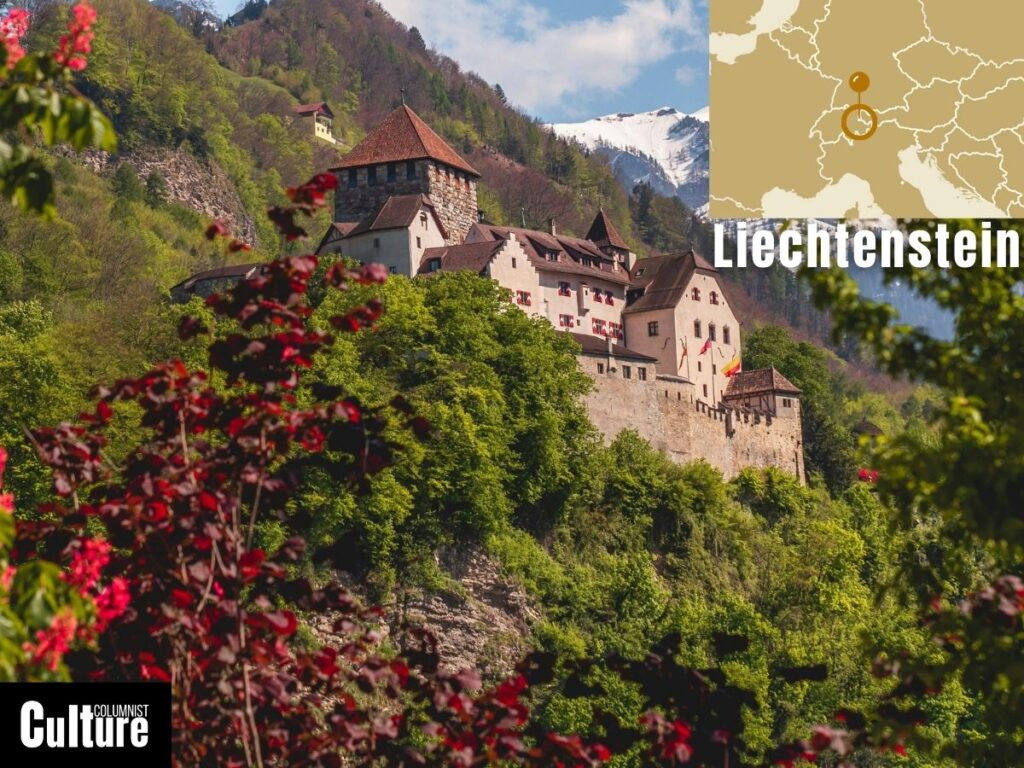
Liechtenstein, founded in 1719, is a small yet fascinating country steeped in history. Its oldest city, Vaduz, dates back to the 1100s, offering a unique blend of medieval and modern charm.
Despite having no UNESCO sites, its historical richness is undeniable, with ancient castles and ruins dotting its landscape. Liechtenstein’s appeal lies in its tiny size combined with medieval architecture, including castles and ruins, allowing visitors to easily traverse centuries of history in a single day.
Historic attractions in the country include Liechtenstein Castle, built around 1122–36; Vaduz Castle, dating back to the 12th century, atop a hill overlooking the capital; and Gutenberg Castle, originating from the 11th century, which offers a glimpse into medieval fortress architecture.
Other historic sites include the Obere Burg and Schellenberg ruins and the capital city of Vaduz itself, with its blend of historical and modern buildings. Liechtenstein is perfect for history enthusiasts who appreciate a quieter, more introspective exploration of the past, away from the crowds of larger, more famous historical destinations.
Historical sites to visit in Liechtenstein:
- Vaduz Castle
- Gutenberg Castle
- Liechtenstein Castle
- Obere Burg (Upper Castle) in Schellenberg

